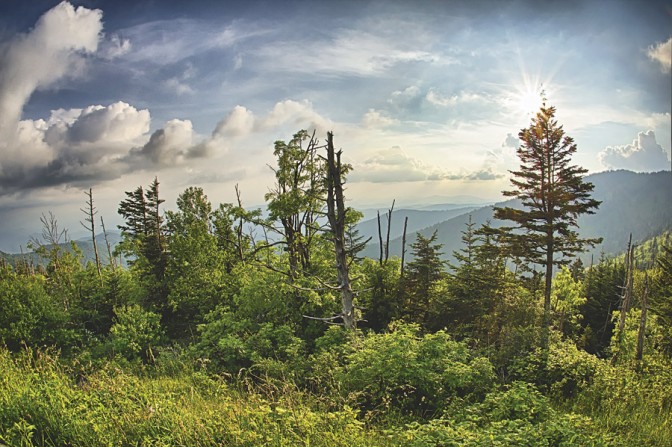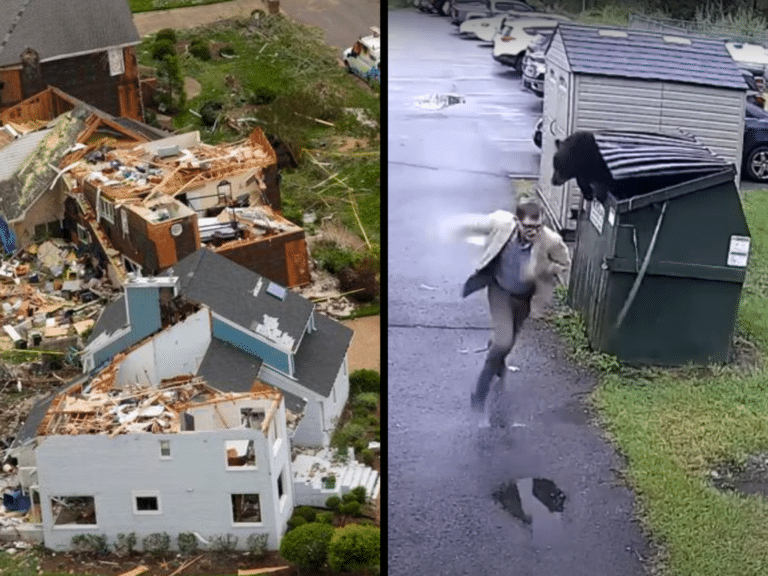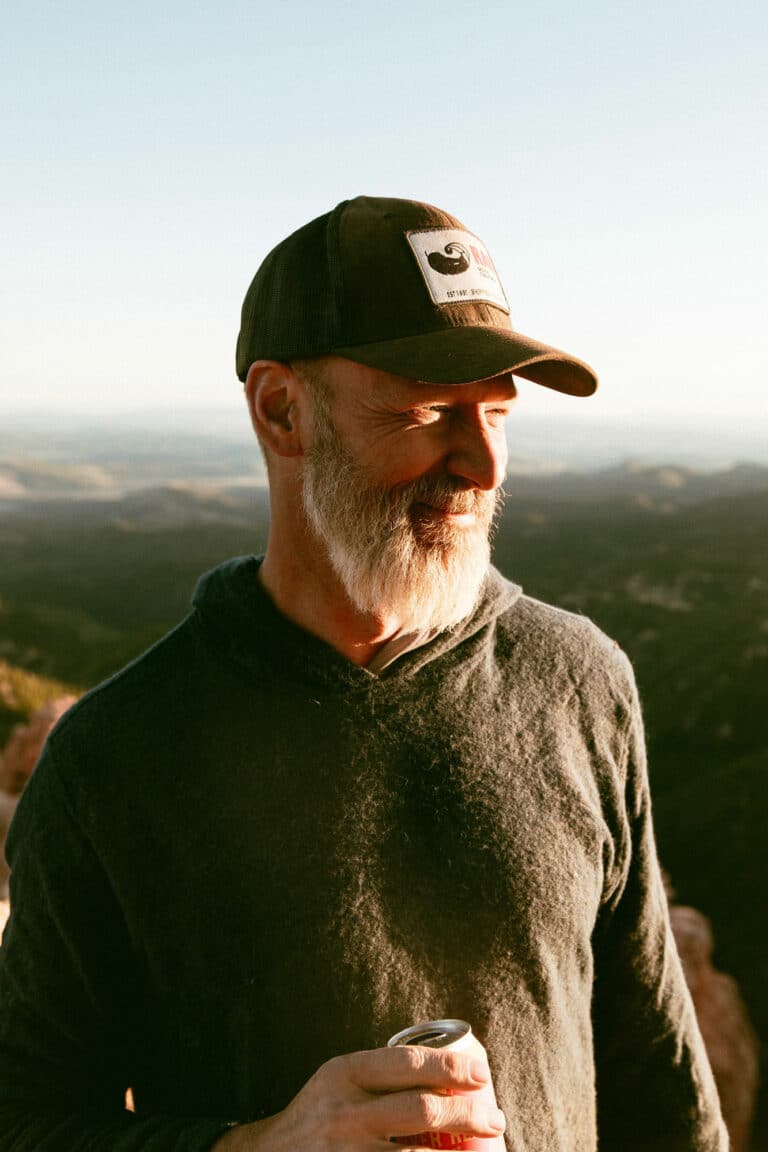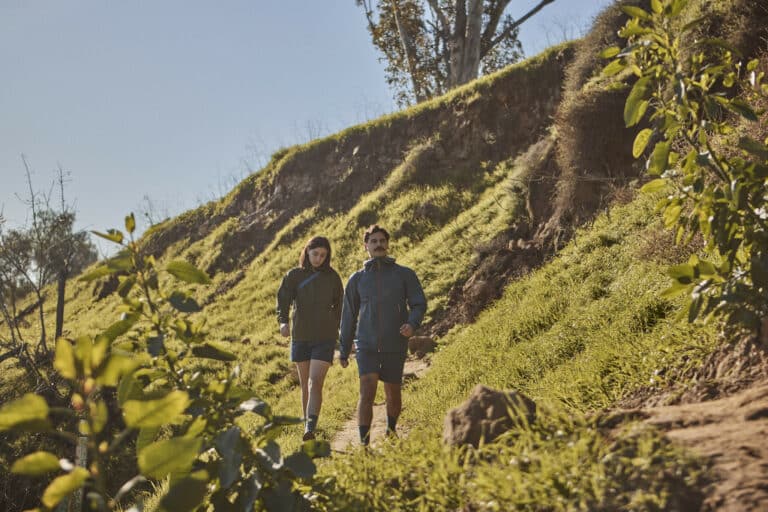There is a storm brewing along the spine of the Snowbird Mountains. Dark purple skies are rolling about us here at 5,000 feet, where our small car sits dwarfed by vast mountains in the Hooper Bald parking lot. We are packing up the last of our items for a three day trip into the headwaters of Big Snowbird Creek and an isolated 9,000 acre chunk of wildness known as the Snowbird Wilderness Study Area.
A large caliber bullet hole resides in the center of the trailhead sign, and all of the other signs have been torn off of their posts. Graham County, North Carolina, where the Snowbird Wilderness Study Area is located, is eighty percent federally owned and is flanked on its western sides by one of the largest concentrations of roadless land in the east, surrounded by Joyce Kilmer – Slickrock Wilderness, Citico Wilderness, and the half-million acre Great Smoky Mountains National Park.
We walk to the top of Hooper Bald, searching as we go for the trail to the headwaters of Big Snowbird Creek. Eventually we see an overgrown path that could be our trail, though it is nothing more than a faint break in the forest floor marked with old blue plastic flagging. We pick our way down over fallen birches, losing the trail occasionally, unsure we are even on it. I begin to think that the flagging could be directions for a meth lab or pot field. I don’t worry about wild animals out here; I worry about wild people. However, the more we enter this wild place, the more I relax. People for the most part stay near roads, and given the overall health rating of most Americans, the farther I am from a road, the better I feel.
Several piles of fresh coyote scat mark the trail. My neighbors shoot coyotes for sport and because they believe coyotes are out to kill their lap dogs and house cats, are destroying wild game populations, and will soon take over the planet and implement a socialist dictatorship. I, for one, am happy that they are here.
Our dog Izzy looks about nervously as we put up the tent and clear a place out for cooking. The fugitive Eric Rudolph claims to have hid out in these woods for a while, and this would seem as likely a spot as any. No one seems to have been here in years.
A deep loneliness permeates this place. Some of it has to do with the remoteness and lack of human presence, but something else calls as well. I have always felt an intrinsic melancholy in these mountains, something that is perhaps the result of hundreds of millions of years of birth, death, and decay. This was the last part of western North Carolina to be descended upon by white settlers and is the place where the Cherokee leader, Tsali, and his fellow renegades fled during the Trail of Tears. Their descendants now live in the Snowbird Cherokee Community that borders the Snowbird Wilderness Study Area.
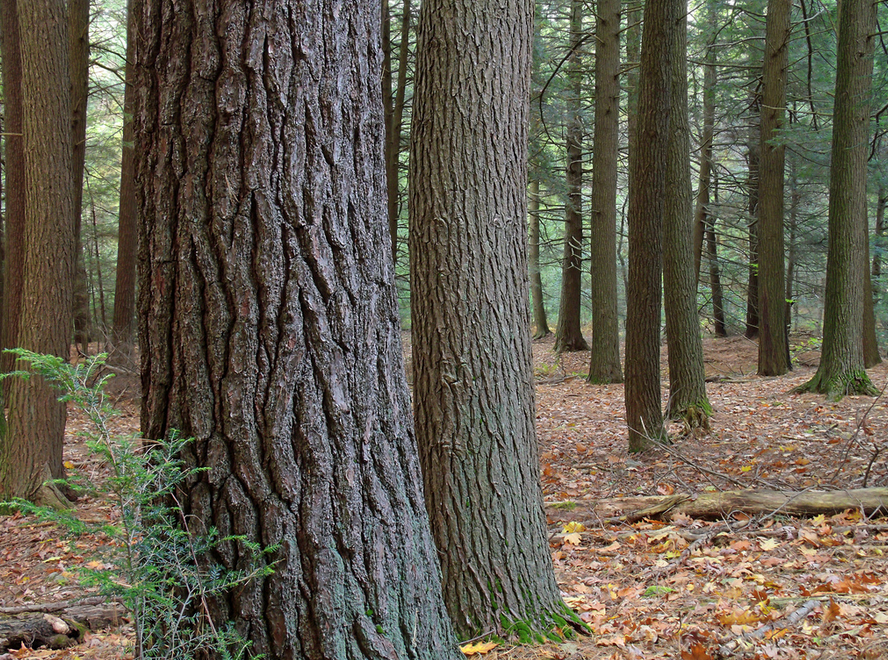 Photo by Nicholas A. Tonelli
Photo by Nicholas A. Tonelli
Angela tells me that she had no idea that this was such a beautiful place, though I have told her about it for several years. We could move to Graham County, she says, and then we could be close by and have much better chances for success in protecting it. Most Americans are already familiar with Graham County unknowingly; it’s where the movie Nell was filmed; Harrison Ford rappelled down the nearby Cheoah Dam for the movie The Fugitive; and it was featured in the Discovery Channel’s series Moonshiners. It’s also the last dry county in western North Carolina; if we moved here, I tell her, we’d be driving 50 miles for a six-pack of beer.
As we are preparing supper, I open up a box of Bandit Brand Merlot, which has “Ten Good Reasons to Buy Wine in a Box” broadcast on its side. Among my favorites: #3: Lower Shipping Weight = Less Fuel Emissions; #7: One truckload of Empty Bandit Boxes = 26 Truckloads of Glass Wine Bottles; #10: You Can Crush it on Your Forehead When Done. We finish the wine after a dinner of Indian rice, along with some wild ramps I picked on the way down, but we have no inclination to smash the box on our foreheads, even after a couple of shots of good local moonshine. Tired, full, and a little drunk, we turn in early, but neither of us can sleep.
Izzy squirms about at the end of the tent, dreaming of coyotes, and I lie and talk to Angela about jobs, music, dreams and lost dreams, and the work required to permanently protect a place like this. I’m 52 and I’ve been working to protect wilderness for decades. I am tired of fighting, but still the wilderness calls me on. Wilderness. The word has been so divisive that I sometimes think we need a new word to replace it. Why not? The Cherokees had no word for it, so couldn’t I too learn to treat the whole planet as wildness lost? Forget the categories? Yet the word itself has power, and it still fires my imagination.
Wilderness was first used in the eighth century to mean self-willed, uncontrolled terrain. By the 17th century, the word wilderness was a curse to everything civilized. Puritan ministers arriving in the new world railed against the howling wilderness that had to be conquered in the name of Christianity. Yet as the woods were felled and the natives conquered, wilderness became less reviled and more revered, especially by city dwellers. A deep divide about wilderness remains today. Rural Americans stereotype environmentalists as naïve city slickers who know nothing of working and living off the land, while environmentalists stereotype wilderness opponents as insensitive, selfish, and ignorant of the impacts they are making on places that environmentalists are trying to protect.
Yet I don’t believe all wilderness advocates can be characterized this way. Even early wilderness advocates like Aldo Leopold saw the landscape in its entirety, and sought to understand the interdependency of all living things. Farming and logging could be done in a way to preserve the long term health of the land. And wilderness could serve as a baseline for understanding how nature worked when protected from the heavy and manipulative hand of modern humans.
The word today has become so politicized and culturally polarized, attacked by hunters, fishermen, mountain bikers, trail clubs, off-road vehicle riders, and the very agencies that are supposed to support it, that to be an advocate for it is to place yourself on the margins and at odds with most user groups. It’s an idea that people seem to have fallen out of love with after almost fifty years of its codification into law with the 1964 Wilderness Act. Yet run a Google search on the word ‘wilderness’ and you will see that we use it as a marketing tool for just about any type of consumer product, everything from mustard to off-road vehicles, dog food, soap, and deodorant.
Though protecting wild places has never been without some controversy, it wasn’t always as divisive as it is now. When Congress passed the Wilderness Act in 1964, it passed the House and Senate unanimously—an unimaginable legislative scenario here in the early 21st century. What has changed since 1964 that has made permanently protecting a fraction of our public lands from resource extraction, road building, and mechanized recreation and equipment such a controversial action? One shift has been that since 1964, our oil addiction as a nation has been expanded to weedeaters, chainsaws, and other mechanical means of lawn maintenance and woods work. Trail clubs, which supported the Wilderness Act’s passage in 1964, have become dependent upon these tools to care for trails, and the problem is compounded with aging membership and the lack of youth recruitment and interest. Opposition to wilderness from trail clubs has been the hardest pill for me to swallow.
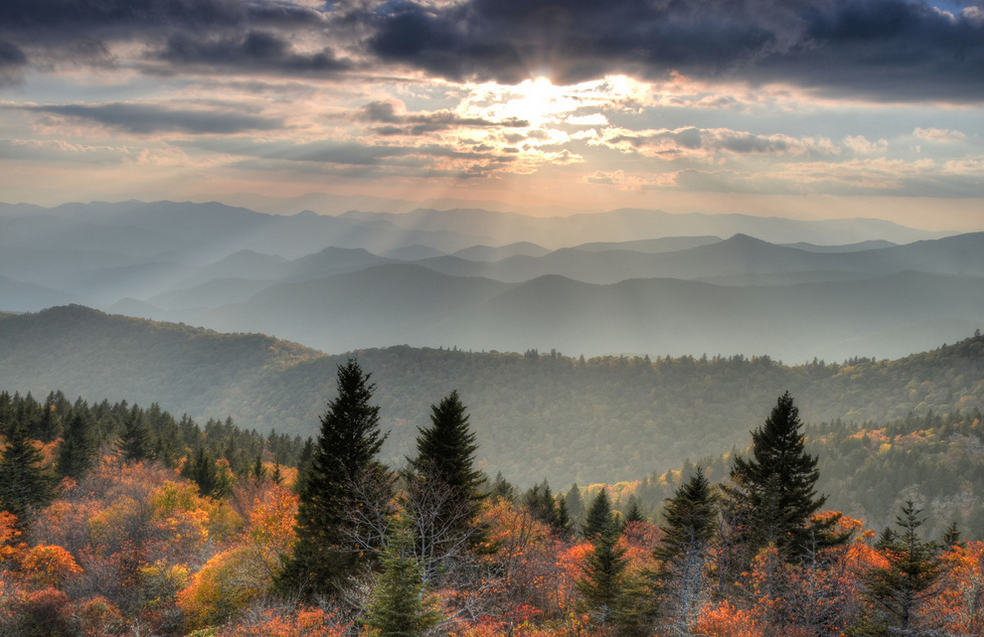 Photo by Mary Anne Baker
Photo by Mary Anne Baker
Also, other trail user groups have emerged since the Wilderness Act’s passage. Mountain bikes, non-existent in 1964, are now as common in the national forest as the dark eyed juncos flitting about our camp. Mountain biking is one of the most highly organized recreational uses in the nation, and many bikers have a hard time accepting that they aren’t allowed in wilderness. Often they do not support any new designations, and they would like to have the act revised to allow bikes.
Another user group, riders of off-road vehicles (ORVs), didn’t exist in 1964, so the highly organized opposition they muster on wilderness designations today did not exist then either.
A large percentage of hunters feel that wilderness limits the logging they believe will produce more game. Crafters of the Wilderness Act made sure to impose no limits on hunting, and large sportsmen organizations were strong supporters of the act’s passage. Yet state game agencies who manage much of the land that surrounds wilderness have convinced many hunters that wilderness limits their management options, thereby leading to a decrease in game.
When Snowbird was declared a Wilderness Study Area by Congress in 1984, it set the stage for a future wilderness designation here, but the Forest Service basically walked away from it. Dwindling recreation budgets have led to the abandonment of many trail systems such as Snowbird’s, and without a local volunteer club to maintain them, they are soon overgrown in an area that can receive a hundred inches of rain a year. The area’s remoteness is also a factor.
If I were to ask any of the Graham County locals what they thought of more wilderness, many of them would feel that there is an overabundance of federal land here, and that the best outcome for their economy would be to sell some of it – or to sell it all. One local sawmill owner told me that he had to go to other counties to buy timber. He turned out to be a very respectful and accommodating logger who was willing to talk and seek common ground between wilderness and logging. But I was still an outsider, and it was clear to him and to me that there was an enormous gulf between us in both our historical and current perspectives. Though I have lived in these mountains for most of my life, I will never know what it is like to have grown up in this remote and provincial place with such deep generational ties to the land, where many of the elders still remember the Forest Service buying much of the cutover county in the 1930s.
I want to work with Graham County locals to figure out how to protect places like Snowbird, and still get timber off the local National Forest without destroying its last big wild places. But it will be a tough road. Most people here believe that a proposed four lane highway will bring them economic prosperity, though evidence points to the contrary. If Graham Countians don’t like outsiders’ attitudes, the last thing they need is a four lane to cut straight into the heart of their rural landscape, bringing with it low-wage jobs with outside ownership—not to mention the environmental damage done to this last great dark spot on the map.
After two days of hiking, we have still seen no one. Big Snowbird Creek will soon be filled by spring rains. We’re walking out ahead of them and listening to a Blackburnian warbler as we go. It’s thin and high pitched, and I can barely hear it above the wind. Angela can’t hear it at all, so maybe I don’t really hear it either. Maybe all that matters is the wanting to hear it.
I don’t know when I’ll get back to Big Snowbird again. This barely discernible path will be completely grown over in a few more weeks, and there is a high likelihood that no one will attempt to make this journey down into the Big Snowbird headwaters for the remainder of the spring and summer. Perhaps the coyotes will keep the trails open enough to see where to put my feet the next time I have an opportunity to venture into this largely pathless land. “There, that was a Blackburnian warbler that time,” I say, but Angela shakes her head and walks on up the path towards home.
–Brent Martin
